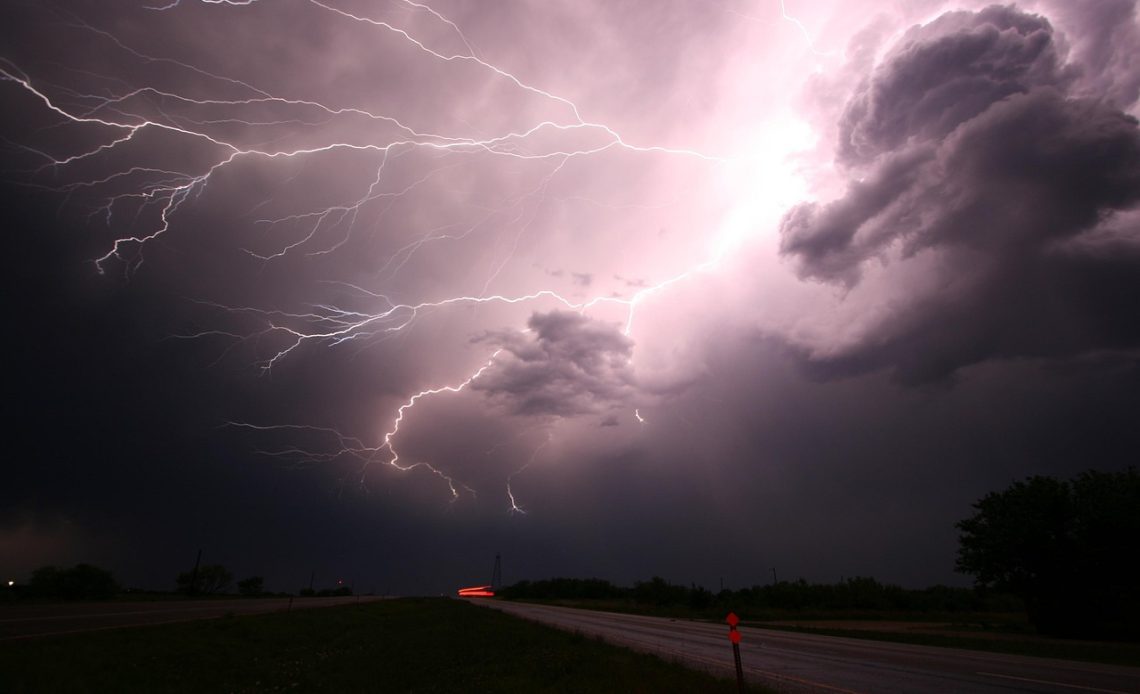
Planning a trip can be an exciting adventure but you need to take a few steps to ensure your safety. One of these steps is checking the 7-day weather forecast before you set out. In this article, we’ll dive into everything you need to know about your 7-day weather forecast so that you can easily plan a safe and enjoyable journey!
What is a 7 Day Weather Forecast?
When you’re planning a trip, one of the first things you do is check the weather forecast to see what conditions you can expect at your destination. But what exactly is a 7-day weather forecast?
A 7-day weather forecast is a detailed report of the expected weather conditions for a specific location over the next week. This forecast will usually include high and low temperatures, precipitation amounts, wind speeds, and other relevant information.
This type of forecast can be helpful in planning your trip as it can give you an idea of what to pack and how to prepare for the weather conditions you’ll be facing. However, it’s important to remember that weather forecasts are never 100% accurate and conditions can change unexpectedly.
So, when checking the 7-day forecast for your upcoming trip, always keep an eye on the latest updates in case there are any changes. And most importantly, don’t forget to pack your sunscreen!
Factors to Consider when Traveling
There are a few factors to consider when checking your weather forecast before you travel. The first is what time of year you are traveling. Different seasons offer different weather patterns, so you’ll want to be aware of that when choosing your destination. For example, if you’re looking to escape the winter cold, you might want to consider a tropical destination.
The second factor is what part of the world you’re traveling to. Again, different regions experience different weather patterns. If you’re planning a trip to Europe, you’ll need to account for rainier conditions than if you were traveling somewhere in the desert southwest of the United States.
Finally, it’s important to think about what activities you’ll be doing while on vacation. If you’re planning on spending most of your time outdoors, then you’ll want to make sure the forecast includes sunny skies and mild temperatures. However, if your plans involve indoor activities like sightseeing or shopping, then a little rain or cooler temperatures shouldn’t put a damper on your trip.
Preparing for Weather Conditions
Whether you are planning a road trip or flying to your next destination, it is important to know what the weather will be like during your travels. The first step in preparing for any trip is to check the weather forecast.
There are many ways to find out what the weather will be like during your travels. You can check the local news websites or television stations in your area of travel. The National Weather Service (NWS) also offers detailed forecasts on their website.
Once you have checked the forecast, you can start planning your trip around the expected weather conditions. If the forecast calls for rain, pack rain gear and extra clothes in case you get wet. If there is a chance of severe weather, such as a hurricane or tornado, make sure you know where you will go and how you will stay safe if conditions become dangerous.
Checking the weather forecast before you travel can help you be prepared for whatever mother nature throws your way. By being aware of the conditions ahead of time, you can make sure that your trip goes smoothly and that everyone stays safe along the way.
What’s the Best Source of Accurate Information?
The most accurate source of information for your travel weather forecast is the National Weather Service. The National Weather Service issues weather advisories, watches, and warnings for areas that could be impacted by severe weather. They also provide up-to-date forecasts for major airports across the country. If you are traveling to a remote location, you can check the National Weather Service’s website for forecasted weather conditions in that area.
Temperature and Precipitation Rates
The average temperature and precipitation rates can vary greatly depending on the time of year that you travel. Spring and fall tend to be the best times to travel, as the weather is generally milder with less chance of extreme weather conditions. However, if you are planning a winter trip, be sure to check the average temperatures and precipitation rates for your destination before you go.
Here are some tips to help you interpret your 5-day weather forecast:
- Check the high and low temperatures for each day. The highs will give you an idea of how hot it will be during the day, while the lows will give you an idea of how cold it will be at night.
- Check the precipitation chances for each day. This will tell you what chance there is for rain, snow, or other forms of precipitation. If the chance is low (generally below 40%), then there is unlikely to be any significant amount of precipitation. However, if the chance is high (generally above 60%), then there is a greater possibility for significant amounts of precipitation.
- Be aware that forecasts can change. The further in advance you are looking at the forecast, the less accurate it becomes. Therefore, it is always a good idea to check the forecast closer to your travel dates to get a more accurate picture of what the weather will be like.
How to Interpret the Data
When it comes to your-day weather forecasts, there are a few things you should keep in mind in order to interpret the data correctly. First and foremost, don’t solely rely on the forecast – take into account other factors such as current conditions, historical data, and your own common sense.
Next, be aware of the difference between probabilities and absolute values – a 70% chance of rain doesn’t mean that it will rain for sure, but rather that there’s a higher chance of rain than of not rain.
Finally, remember that weather forecasts are made using computer models which are constantly being refined and updated. As such, there is always some degree of uncertainty when it comes to forecasting, so take the data with a grain of salt.
Tips for Planning Your Trip Based Off of the Weather Forecast
When you’re planning a trip, it’s important to pay attention to the weather forecast. That way, you can plan your activities based on what the weather will be like during your trip. Here are some tips for planning your trip based off of the weather forecast:
-Check the forecast regularly leading up to your trip. The weather can change quickly, so you want to make sure you have the most up-to-date information.
-Pay attention to both the high and low temperatures. It can be just as important to pack appropriate clothing for cooler evenings as it is for hot days.
-Be prepared for both sunny and rainy weather. Even if the forecast calls for mostly sunny skies, it’s always a good idea to pack a raincoat or umbrella just in case.
-Don’t forget about the wind! Strong winds can impact everything from your hair style to your choice of activities.
Conclusion
Weather predictions can be incredibly useful when you are planning a trip, since uncertain weather conditions could spoil your plans. We hope this article helped to explain the basics of 7-day weather forecasts and how they are made so that you can make better decisions when it comes to selecting your destination, timeline and other factors for your upcoming travel plan. So get out there and explore with confidence, because now you have all the knowledge about using 7-day weather forecast right at your fingertips.



